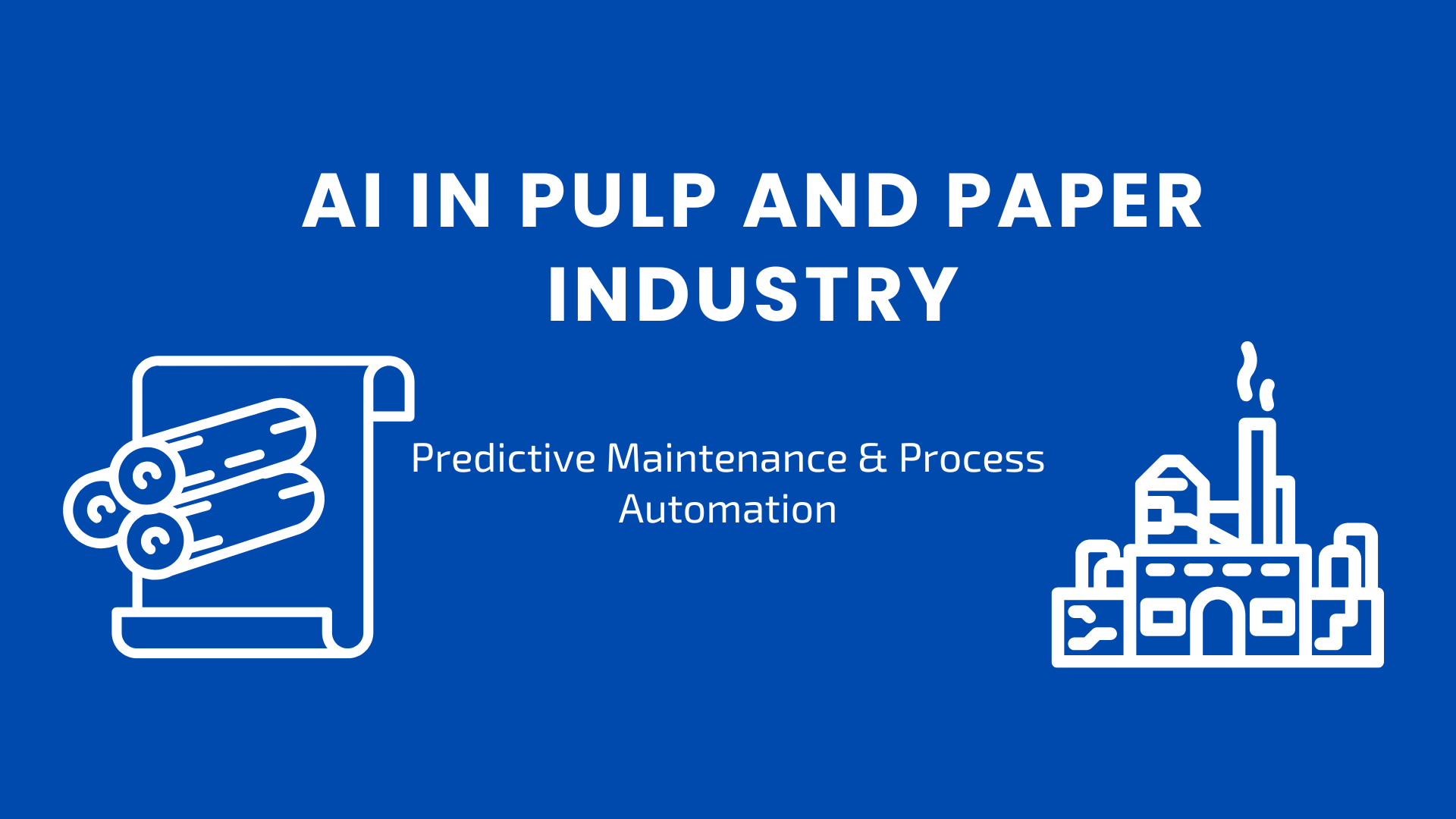Edge computing is an upcoming pattern in computer technology that includes many devices or implements and also various networks on which it is used. This pattern of Edge is about computing data as close to how and where it is taken from, with great efficacy.
This approach is different from traditional models in that computing is centralized at an on-site data center. Edge computing permits enterprises or organizations to make better use of their physical assets and installs an interactive human experience. These include autonomous robots and self-driving automobiles.
These are some elements of edge:
Edge computers: We use edge computing devices every day. This includes speakers that are smartly enabled, smartphones, and wristwatches. These devices can collect and process data in the materialistic world while they are also processing it. Edge devices may include the Internet of Things (IoT), point of sale (POS) systems, and robots.
Edge gives us benefits that are way above what we get from the traditional models on which the centralized system works. It permits the users to improvise on the management and handling of the physical assets and enables us to experience an interactive human response. Few illustrations prove the above point self-driven cars, automated retail, etc.
Edge’Networking: This doesn’t need a different network to exist (edge) to exist. It can be identified on the user’s device on their router. In the context of 5G, a separate network will only be another part of the continuity between users. One can expect the latency to be low on this 5G because it uses the connectivity of the wireless one which is powerful enough. The speed of 5G also allows for remote telesurgery and projects of a smart city. This network can prove to be extremely useful in situations when computing on premises is too expensive and complex and the cloud is also far away.
On-premise infrastructure: This is for taking care of the systems that are within the premises It can also be used to connect to the internet.
Why is edge computing important
Many of today’s computing takes place at the edge. This includes processing sensitive data and powering critical systems. These areas need low latency solutions that don’t require a connection to the internet. What makes edge so fascinating is its potential to transform every industry and function. It can do everything from customer engagement and management to production and back-office operations. In each case, edge makes business functions proactive, adaptive, and often in real-time. This allows for new, optimized experiences.
Edge allows businesses the ability to bring the digital world into their physical environment. Improve retail experiences by incorporating online data as well as algorithms into brick and mortar shops. System design that allows workers to learn from computers and places where they can train. Designing smart environments that ensure safety and comfort. These examples all share an important feature: edge computing. This allows companies the ability to run most of their critical reliability, real-time, and data requirements directly on site. This allows companies to create new revenue streams and accelerates innovation.
What makes edge exciting is its potential to transform every industry and function – from customer engagement and Marketing to Production and Back-Office Operations.







